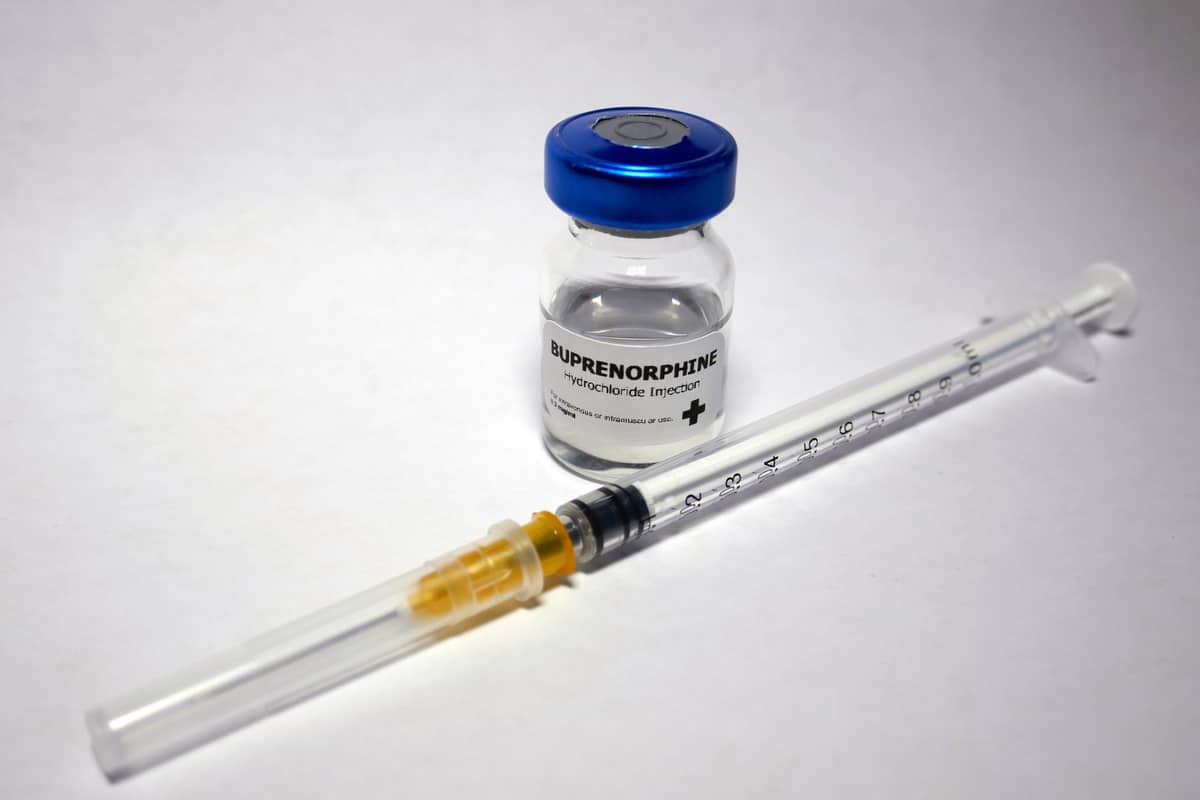
Launched in Melbourne in 2001, International Overdose Awareness Day – which was marked on 31 August – is the world’s largest annual campaign to end overdose.
It’s a day to remember those who have lost their lives, and acknowledge the grief of family, friends and loved ones left behind.
It aims to address stigma, stimulate discussion about overdose prevention and drug policy, and inform people around the world about the risk of overdose.
Opioids – illicit drugs such as heroin, and pain relievers such as codeine, oxycodone and morphine – are the major contributors to overdose deaths in Australia, highlighting the need to upscale interventions that help reduce opioid-related harm and mortality.
One important established intervention is opiate agonist therapy, which helps prevent withdrawal and reduce cravings for opioid drugs, and has been shown to be effective in improving wellbeing, and reducing illicit opiate use and overdose mortality.
The therapy involves taking the medications methadone or buprenorphine, and helps people addicted to opioid drugs to stabilise their lives and reduce the harms associated with their drug use.
However, one drawback of opiate agonist therapy is the need to attend pharmacies or clinics several times a week to receive medication. These frequent dosing requirements can reinforce stigma, and make it difficult for patients to engage in other activities.

A long-acting solution
A new formulation of buprenorphine has recently been launched, and promises to improve the treatment of opioid dependence. This long-acting injectable depot slowly releases over the course of a week or month to block the effects of opioid use.
A recent study published in Drug and Alcohol Dependence, led by Turning Point, Monash University and The University of Sydney, found that long-acting injectable buprenorphine may bring many benefits for patients, particularly during the COVID-19 pandemic when access to in-person services has been constrained.
Read more: The uncomfortable truth about drug overdose and suicide
While there’s a growing body of evidence that long-acting injectable buprenorphine delivered via a weekly or monthly injection is effective to treat opioid dependence, how patients experience it is uncertain.
In this world-first study, researchers conducted interviews with 30 patients in Victoria and New South Wales who had recently been prescribed long-acting injectable buprenorphine.

Benefits for patients
Long-acting injectable buprenorphine led to benefits for many patients, including opportunities to avoid stigma experienced at pharmacies or clinics by not having to attend daily; time to engage in other activities (such as travel, work, study, caregiving) by releasing participants from previous strict treatment regimens; and cost savings by not having to pay pharmacy fees associated with daily dosing.
Additionally, for many participants, being released from past, strict daily-dosing treatment regimens allowed them to form a new sense of self and a “freedom” to move forward in life.
“It’s absolutely freed up so much of my time, and I’m not tied to the clinic. I feel like I’ve got more control over my life which is a good thing,” said Justine* who had recently been prescribed long-acting injectable buprenorphine.
However, for some patients who were particularly marginalised, moving to long-acting injectable buprenorphine disrupted engagements with important social and practical supports available at pharmacies or clinics, and constrained their control over their own dosing.
Read more: By the double: COVID-19, opioids, and the threat of a syndemic
Monash Addiction Research Centre and Turning Point director and addiction psychiatrist Professor Dan Lubman, who led the study, said: “This new treatment option is a real game-changer for so many patients, freeing them up to work, study and travel, and reducing the level of stigma experienced.
“However, we need to make sure that those who need additional support are not disadvantaged.”
The findings of the study indicate that while long-acting injectable buprenorphine has benefits for many patients, some will require extra support when moving onto this new treatment.
Having the choice of alternate medications is timely; however, taking a patient-centred approach remains key in determining whether long-acting injectable buprenorphine is the right treatment option.
* Pseudonyms are used to protect the identity of participants.





